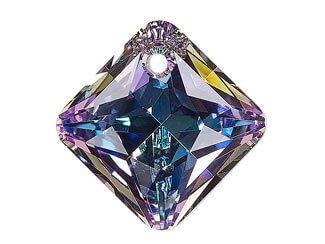Search Results For "B8AD"
Alphabetical List of Jewelry-Making Terms
All
a
b
c
d
e
f
g
h
i
j
k
l
m
n
o
p
q
r
s
t
u
v
w
x
y
z
A form of plastic which can be molded into a variety of shapes, including beads, components and findings.
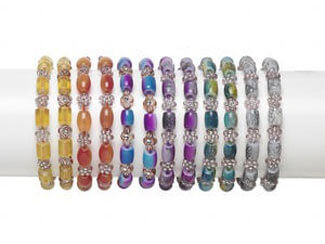
A clasp narrow enough to allow large-hole beads to slide over the clasp and onto the chain or cord. Can include Bayonet Clasp or Bead Clasp styles.

Metal beads and components which have a human-created patina which alters the surface colors and gives the appearance of age.
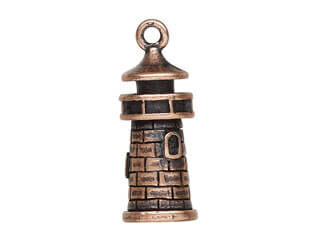
(see also Antiqued) A patina created on metal beads and components that alters the surface colors and gives the appearance of age.
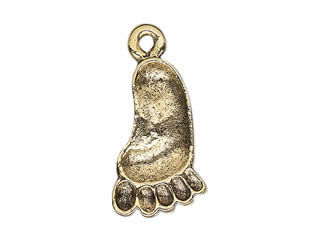
An irregularly shaped pearl, whether natural, cultured or manufactured. Can also refer to a highly- embellished artistic style from the 1600s to 1750s.
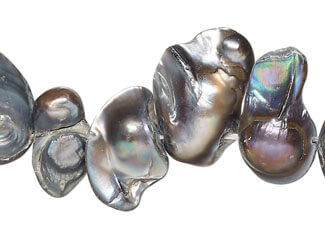
A tubular bead which that is wider across the center and narrows at the ends, with a flat non-tapering end. It is shaped like an old wooden barrel.
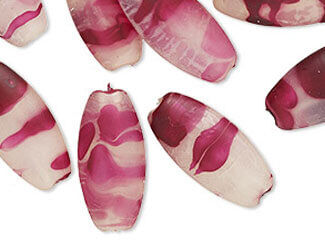
A low-profile clasp with a threaded closure, which is twisted or screwed to open and to close. See also Bead, Screw and Torpedo Clasp styles.
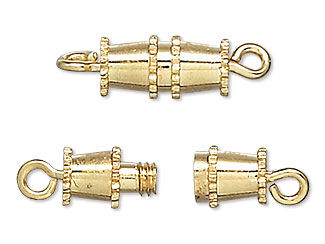
A clasp which looks like a bead and has a narrow bayonet closure.
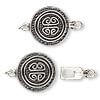
A generally hard material, in any shape and small to medium size, which contains a hole for stringing.
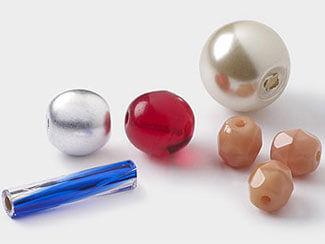
Flat surface used to design jewelry by offering a single or multiple channels. Some may be soft silicone, others may be flocked, for a no-slip surface.

A bowl-shaped component used to "cap" one or both ends of a bead to add visual interest. Mostly decorative, but also prevents beads from rubbing together.

A bead-like clasp that has a magnet, screw, tab insert or bayonet closure. Can include Barrel, Bayonet, Box, Magnetic, Screw and Torpedo Clasp styles.
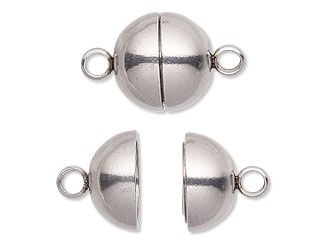
Using traditional embroidery or sewing stitches to attach beads to fabric, leather or other surfaces. Commonly used to embellish clothing, shoes and home décor.

A frame designed to hold multiple strands of thread parallel. A piece of thread strung with seed beads is run between every other thread to create a pattern.
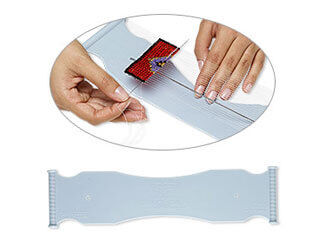
A manual or electric tool used to smooth or enlarge the drill hole in a bead. Specialized reamers are available for other materials. See Pearl Reamer.
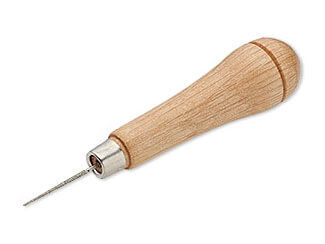
A mixture with a beeswax base, used for bead-based inlay work.
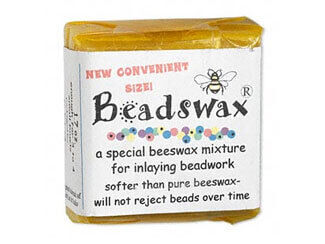
Weaving techniques adapted to create a flexible "fabric" out of seed beads and thread using a needle and thread.

Seed beads are woven between the warp threads on a Beading Loom to create a design or pattern that becomes a flexible "fabric."

Multicolored agate necklaces worn in historical times by beggars, as it was commonly believed that agates attracted wealth.
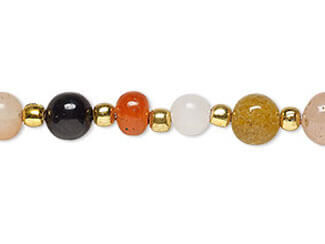
A bead shape, most commonly seen in Crystal Passions®, of two cone shapes joined at the wide bases.
A pearly excrescence formed inside of the shell of a mollusk (oyster) enclosing a foreign body, such as a bit of mud or parasite. Often irregular in shape.
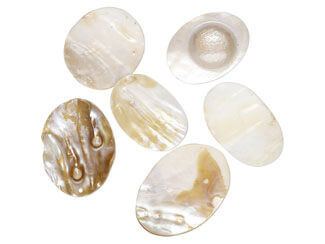
A clasp with a tab which is inserted into a decorative frame or box. Some styles come with safety latches or safety chains, which prevent the wedge-shaped tab from pulling out and the jewelry from dropping off. Some styles are accented with gemstones, enamel or inlay work. They are commonly used for lightweight necklaces, bracelets and anklets. Can include Bayonet Clasp, Bead Clasp and Filigree Clasp styles.
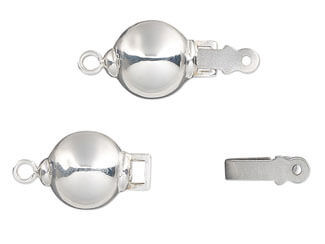
An off-loom bead-weaving technique. In brick stitch, beads are woven in a pattern like a brick wall. Also called Cheyenne or Comanche stitch.
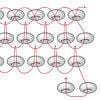
A popular bead weaving technique in jewelry making, brick stitch involves adding beads in
an offset pattern to create a flat, tightly woven fabric. This stitch resembles the layout of bricks in a wall, where each bead is positioned between two beads in the previous row. Brick stitch is versatile and can be used to create intricate patterns, shapes, and designs in bracelets, earrings, pendants and other beaded jewelry pieces. It is known for its durability and the ability to form both geometric and freeform designs.

Tube-shaped glass bead in the same scale as seed beads, and often created by the same manufacturers.

Beads resembling old-fashioned candy sticks. Small canes of colored glass are fused together to create a larger rod, then coated with clear glass and fired.
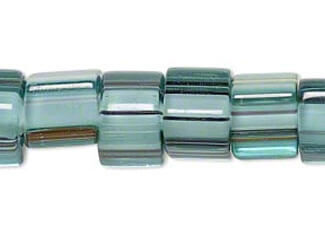
Made by pressing glass into a steel mold, coating with color, then grinding and polishing every facet. The color coating remains on the ends of the beads.

The use of Ceylon before a bead color name indicates the addition of a luster coating or the inside coloring of an opalescent bead.
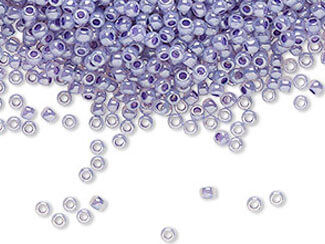
Learn about chevron beads (also called rosetta beads or star beads). Explore their origins, evolution, and cultural significance in this enlightening article.
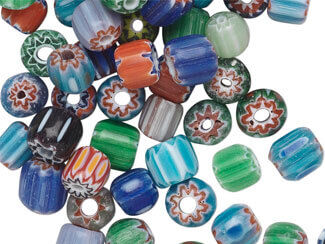
Enamel with surface decorations set in hollows formed by strips of wire welded to a metal plate.
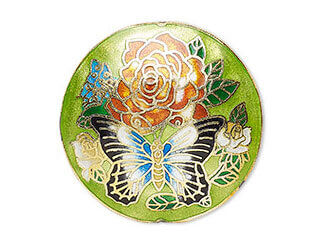
A bead created using coiled wire. Some styles can be pinched like a crimp bead.
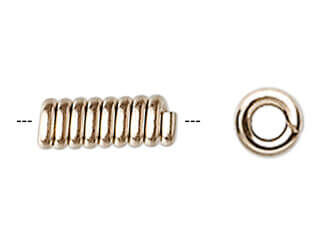
(see also Cord Coil) A wire coil bead with an end loop.
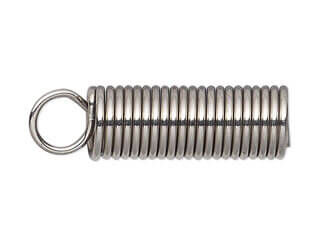
(see also Coil End) A wire coil bead with an end loop.
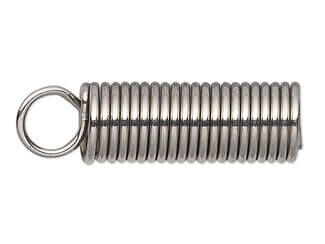
A metal bead or short metal tube used with all beading wires and some beading cords to secure the beginning and to finish the end of a strand.
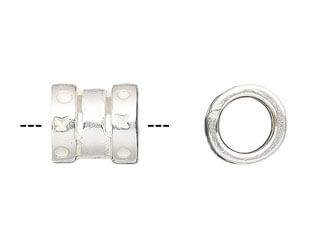
A metal bead or short metal tube used with all beading wires and some beading cords to secure the beginning and finish the end of a strand.
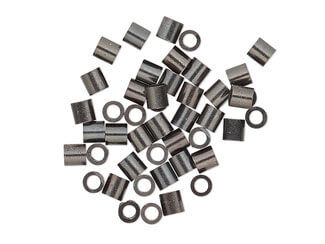
Pliers with a grooved opening for folding, rolling and smoothing crimp beads and tubes. Crimping pliers create a smooth, rounded or curved crimp.

A metal bead or short metal tube used with all beading wires and some beading cords to secure the beginning and finish the end of a strand.

A bead cut from a tube of glass or plastic, then tumbled and polished to smooth the edges. Used on cornrow braids, fringe and in Native American styles.
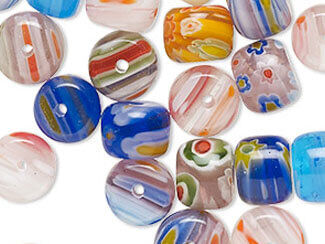
Glass, usually in the form of beads, created in the Czech Republic. Also called Bohemian glass or Bohemian crystal.
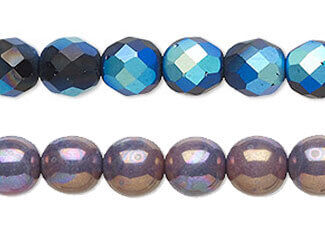
Explore the rich origins and meticulous manufacturing process behind Delica® seed beads.
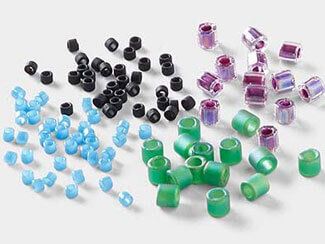
A high-quality round pressed glass bead imported directly from the Czech Republic.
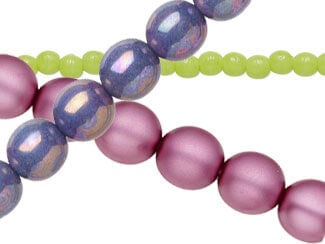
A finding which allows for a bead, component or stringing material to be inserted or otherwise attached inside it.
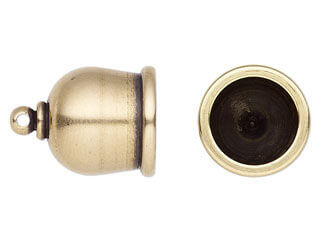
Decorated to resemble an eye, these beads date back to antiquity and have symbolic meanings. Often used in amulets.
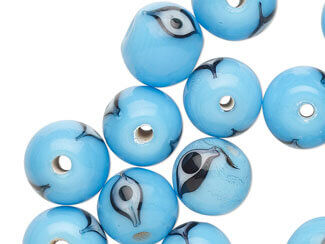
A process in which beads are machine faceted, then polished by glazing inside a red-hot glass oven. This softens the edges and gives the beads a smooth feel.
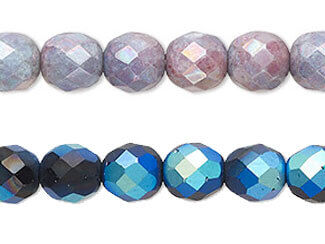
Begin with a foundation row of even-count ladder stitch. String 2 beads, pass down through the second to last bead in the ladder, and up through the next bead. String 2 beads, pass down the next bead and then up through the following. Repeat to the end of the row. To end the row, pass back through the last bead strung. To begin the next row, string 2 beads and pass down through the second to last bead of the previous row. Repeat, stringing 2 beads per stitch and passing down then up through two beads of the previous row. The 2-bead stitch will cause the beads to angle-up in each row, like a herringbone fabric.
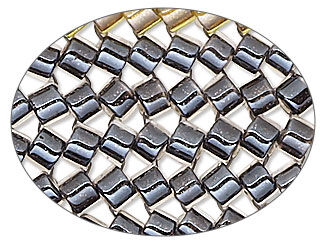
A pair of pliers with smooth, flat jaws, used to bend wire, stabilize beads and components, flatten wire, create sharp corners in wireworking and more.

One-drop peyote stitch begins by stringing an even number of beads to create the first two rows. Begin the third row by stringing one bead and passing through the second-to-last bead of the previous rows. String another bead and pass through the fourth-to-last bead of the previous rows. Continue adding one bead at a time, passing over every other bead of the previous rows.
Two-drop peyote stitch is worked the same as above, but with two beads at a time instead of one.
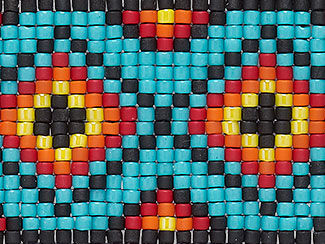
A mostly round drop bead, created by Miyuki of Japan. Perfect for edges and the termination of a row of beadwork.
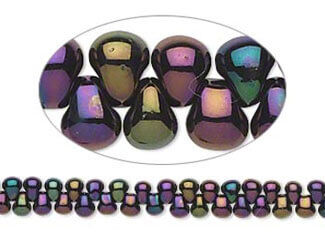
A bead which has been coated with a protective or decorative metallic coating.
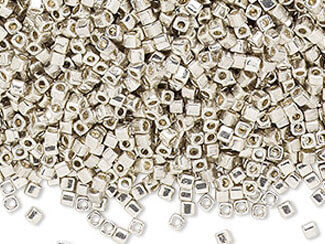
Intricate patterns are created through granulation. Tiny ball shapes are fashioned into patterns, heat fused, then carefully antiqued and polished.
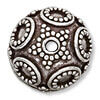
A bead with a drill hole that only goes halfway through. Half-drilled beads are attached to various settings using a glue or other adhesive.

A grouping of multiple strands of beads tied together. Many forms of seed beads are sold this way, especially Czech seed beads.
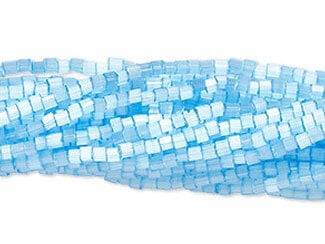
A length of wire, usually straight, with one flattened or embellished end. The flattened end prevents beads from slipping off the end of the pin.

This Pueblo Indian term is synonymous with thin, uniform, disk-shaped shell, gemstone and metal beads that are center- drilled and strung in a row.
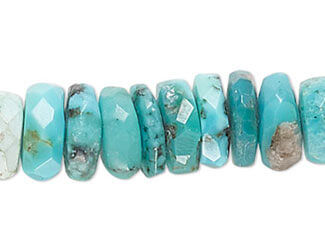
A hexagon bead is usually a flat bead, with a drill hole that runs from one of the six sides through the middle of the flat bead to the side directly opposite.
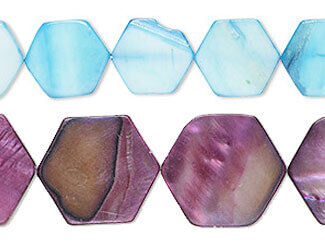
Seed bead with six sides, giving it a hexagonal shape. Available from many manufacturers, in a variety of colors, sizes and finishes.
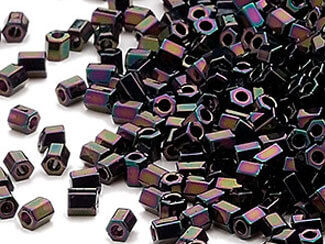
Bead and component material carved from the horns of animals like cattle and goats. Horn is a permanent growth on the head of an animal. Antler is shed yearly.
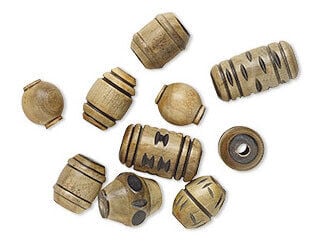
Using two needles, one threaded on each end of the thread, pass one needle through one or more beads from left to right and pass the other needle through the same beads from right to left. Continue adding beads by crisscrossing both needles through one bead at a time. Use this stitch to make strings of beads or as the foundation for brick stitch.
For a single-needle ladder, string 2 beads and pass through them again. String 1 bead. Pass through the last stitched bead and the one just strung. Repeat, adding one bead at a time and working in a figure-eight pattern.
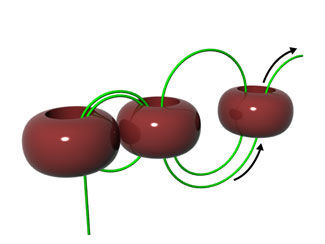
A type of glasswork, commonly seen in beads or focals, that uses a gas-fueled torch to melt glass rods and tubes of glass to create patterns and designs.
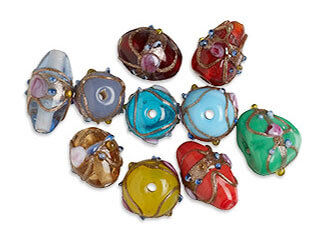
A group of identical silver (or gold) tube beads strung in an uninterrupted group of strands. The jewelry created this way looks like flowing, liquid metal.
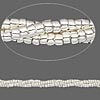
A sulfur- based oxidizing agent, used to create an antiqued finish on silver, copper and brass beads and components.
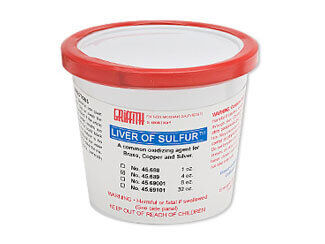
(see also Bead Weaving, On-Loom) The process of using seed beads woven between the warp threads on a Beading Loom, to create a design or pattern.

A two-piece clasp with one or more magnets. The magnets hold the pieces of the clasp together. Can include Bead, Crimp, Hook-and-Eye and Snap Lock Clasp styles.

A set of beads used by Hindus and Buddhists for prayer and meditation, similar to a Catholic rosary. Mala sets are usually made of a loop of 108 beads.

A length of metal with a small hole on one end used to draw stringing material through beads and components, or used to draw thread through textiles.
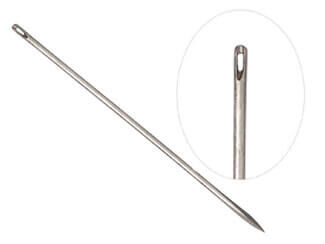
Begin by stringing a base row of 13 beads. String 5 beads and go back through the fifth bead from the end of the base row. String another 5 beads, skip 3 beads of the base row, and go back through the next. Repeat to the end of the row, passing through the fifth, fourth, and third beads of those just strung and exiting from the third. Turn the work over and go back across the same way.
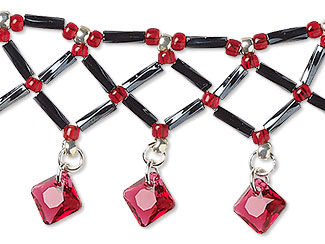
Nylon beading thread produced by the Belding Corticelli Company. Extremely fine thread popularly used in seed bead on-loom and off-loom bead weaving projects.

Refers to a bead made of a carbon-based material. Many jewelry-making components composed of pearl, wood, bone, horn and shell fall into this category.
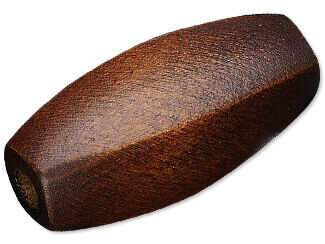
Pass through means to move your needle in the same direction that the beads have been strung. Pass back through means to move your needle in the opposite direction.
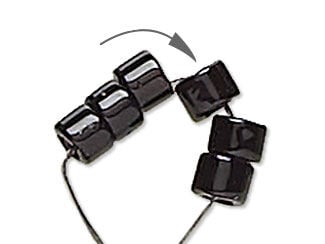
An off-loom bead-weaving technique used by many cultures, in which beads are woven in a zigzag. Peyote stitch has both flat and tube-shaped variations.

A plastic sculpting material made of polyvinyl chloride (PVC), used to create jewelry beads and components.
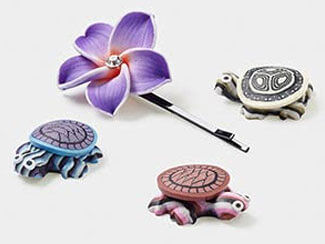
A bead cut from a tube of glass or plastic, then tumbled and polished to smooth the edges. Used on cornrow braids, fringe and in Native American styles.
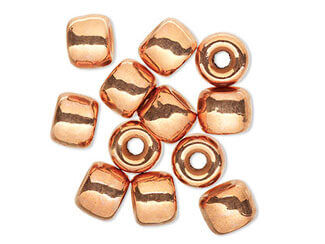
Created from ceramic material and fired at a high temperature, leading to a stronger and tougher bead or component.
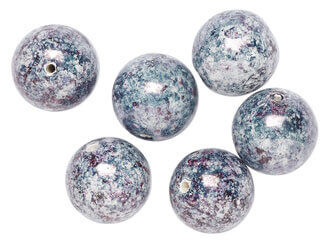
Using two needles, one on each end of the thread, string three beads on one of the needles and slide them to the center of the thread. String a fourth bead, passing one needle through from left to right and passing the other needle through from right to left. String one bead with each needle, then pick up one more bead and pass one needle through from left to right and pass the other needle through from right to left. Continue for desired length of row. To work the next row, repeat as for the first row, stringing new beads only onto the right thread and passing back through beads from the first row with the left thread.
To make a row-end decrease, simply stop your row short and begin a new row.
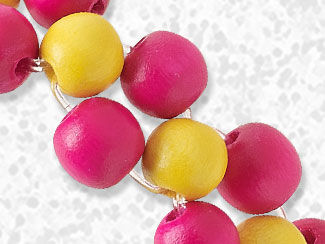
The right angle weave (RAW) is a basic jewelry-making stitch often used with seed beads and crystal beads. String 4 beads and pass through them again to form the first unit. For the rest of the row, string 3 beads, pass through the last bead passed through in the previous unit, and the first two just strung; the thread path will resemble a figure-8, alternating directions with each unit. To begin the next row, pass through the last 3 beads strung to exit the side of the last unit. String 3 beads, pass through the last bead passed through, and the first bead just strung. *String 2 beads, pass through the next edge bead of the previous row, the last bead passed through in the previous unit, and the last 2 beads just strung. Pass through the next edge bead of the previous row, string 2 beads, pass through the last bead of the previous unit, the edge bead just passed through, and the first bead just strung. Repeat from * to complete the row then begin a new row as before.
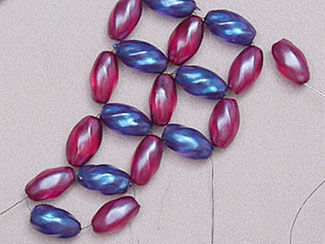
Rocaille seed beads are small, rounded beads perfect for adding texture and color to jewelry. With a variety of sizes and finishes, they’re ideal for creating everything from delicate necklaces to bold statement pieces.
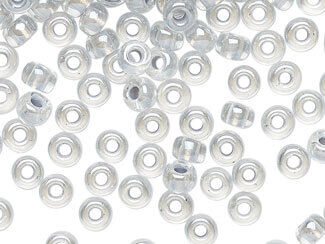
A flat or disc-shaped bead. Typically round, rondelles are also available in square or triangular shapes.
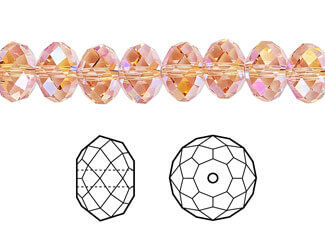
A particular configuration of beads and components used in the Roman Catholic religious belief.
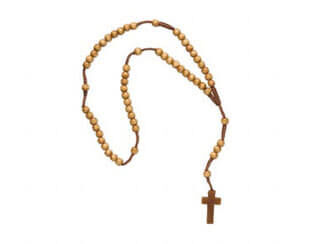
A long necklace, usually made of pearls or beads and often ending in a tassel. Popularized in the 1920s.

A low-profile clasp with a threaded closure, which is twisted or screwed to open and to close. See also Bead, Barrel and Torpedo Clasp styles.
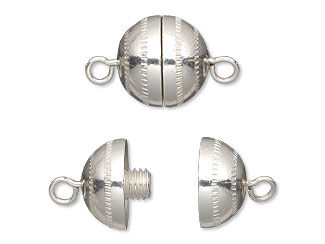
A uniformly shaped significantly small bead used for beading and jewelry-making. Seed beads are available in a myriad of colors, finishes and sizes.
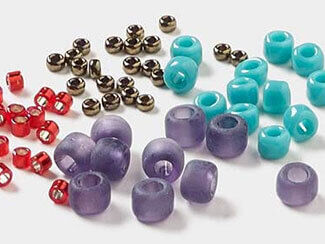
Jewelry finding used to hold multiple strands of beads in alignment and prevent tangling, are inserted at intervals while stringing the beads.
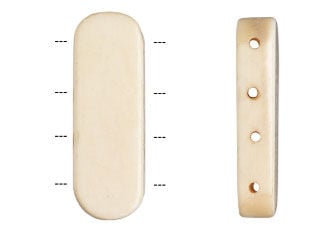
A technique in which beads are gathered on a strand. Beading wire, needle and thread and other materials are used for stringing.
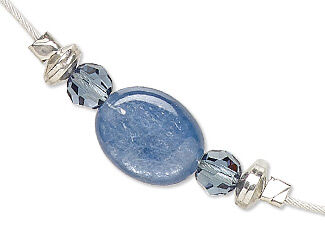
A tension bead (or stopper bead) holds your work in place. To make one, string a bead larger than those you are working with, then pass through the bead one or more times, making sure not to split your thread. The bead will be able to slide along but will still provide tension to work against when you're beading the first two rows.
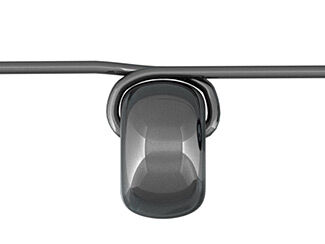
A low-profile clasp with a threaded closure, which is twisted or screwed to open and to close. See also Bead, Barrel and Screw Clasp styles.
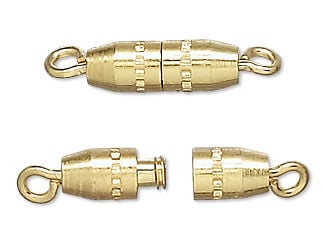
Begin with a foundation row of ladder stitch. Join the ends together to form a tube. String 2 beads. Pass down through the next bead and up through the bead after it. Repeat around the tube. At the end of the round, pass through the first beads of the previous and current rounds to step up to the new round.

String an even number of beads and make a foundation circle by passing through them two more times, exiting from the first bead strung. String 1 bead and pass through the third bead of the foundation circle. String 1 bead and pass through the fifth bead of the foundation circle. Continue adding 1 bead at a time, skipping over 1 bead of the first round, until you have added half the number of beads of the first round. Exit from the first bead of the second round. String1 bead, pass through the second bead added in the second round and pull thread tight. String 1 bead and pass through the third bead added in the second round. Continue around, filling in the ''spaces'' 1 bead at a time. Exit from the first bead added in each round.
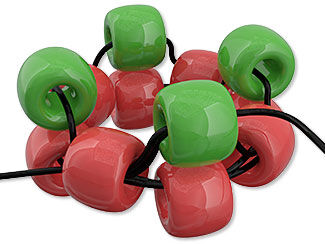
Finding that can be bonded to round bead or tumbled stone to add a loop and create a pendant.
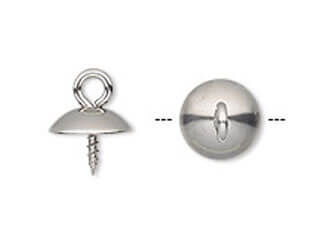
A glass bead in the style of the glass artists of Venice. Venetian glass beads are famous for their color, craftsmanship and quality. Also called Murano glass.
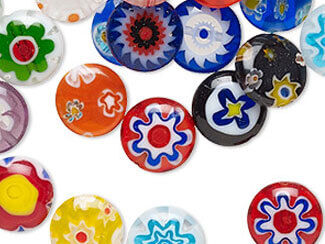
Vitrail is a translucent color-coating effect that is vacuum- sealed onto the reverse side of glass and crystal beads, creating a kaleidoscope of color.
